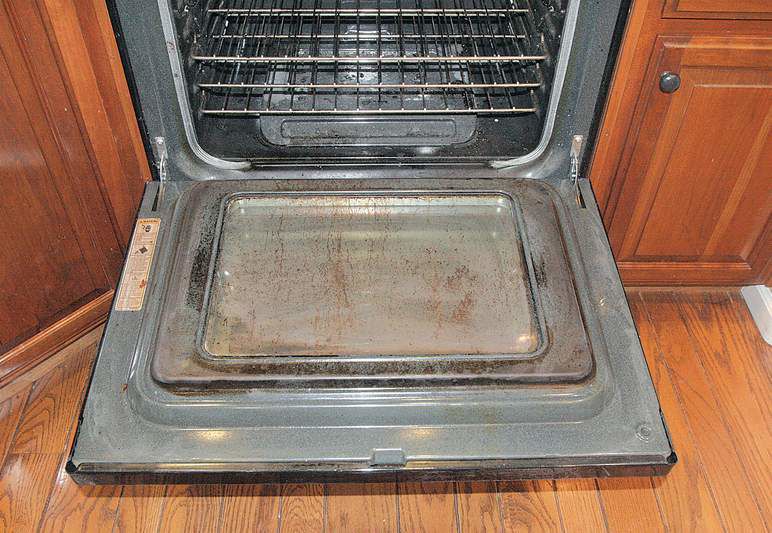Ovens can clean themselves
Published 4:00 am Tuesday, December 28, 2010

- Dirty oven windows can be cleaned with a paste of baking soda and water. Let the paste dry on the oven window, then wipe clean with a damp cloth.
As with most people, cleaning the oven is one of those chores I never quite get around to doing. Unless something really sticky, greasy or gooey bubbles over and adheres to the racks or the interior, it doesn’t occur to me to do a thorough cleaning job.
But suppose a pizza does overcook, and molten cheese oozes over the racks, or a casserole splatters all over? Is it time to pull out the racks, set the oven on self-clean and crank up the heat? Does it make a difference if you have a gas or electric oven?
Actually, decisions about cleaning the oven and keeping the it clean should start before the appliance is purchased, says Victor Chavez, salesman and cultural sales specialist at Standard TV and Appliance in Bend.
“One of the first things to consider, before buying a range, is if the oven is self-cleaning,” Chavez said. “It will cost about $100 more for a self-cleaning one, but in the long term, it’s a better deal.”
Essentially, Chavez said, a self-cleaning oven heats to a high temperature and turns all foreign matter inside into ash. Then, that ash can be wiped out with a damp cloth.
Self-cleaning ovens may heat as high as 850 degrees, according to various product manuals. Product specifics vary, but generally, each brand of oven has a sequence of buttons to push to activate the self-cleaning mode. It is very important to read your owner’s manual, Chavez said, before enabling the self-clean feature.
Once the oven is started on a self-clean cycle and hits a set temperature, typically, an automatic lock is engaged. This mechanical lock keeps the oven door closed tight while the oven heats up, reaches the optimal temperature, then turns off and cools down. The entire process takes about three hours. The auto lock is disengaged when the oven has reached a reasonable temperature again. The temperature level that triggers the auto lock is set by the manufacturer, but most ovens engage at around 500 degrees when in self-cleaning mode.
Both gas and electric ovens have the self-cleaning feature, Chavez said, and most people find the extra cost is money well spent, he added.
“Self-cleaning ovens have to be better insulated to hold in the heat, have better controls with more insulation around them and more effective seals around the doors,” Chavez said. “This means that for day-to-day use, the oven is going to be more energy-efficient and work better.”
Chavez recommends that an oven be put on self-clean mode no more than once a year.
“On electronics, the worst enemy is heat. Every time you run the self-clean cycle, it puts a strain on the controls,” he said. “Most people probably don’t need to clean their oven more than once a year.”
But for those who feel the need for more frequent cleanings, Chavez recommends using an oven-cleaning spray.
“Most of these are very easy to use,” he said. “All you have to do is spray the interior, let it sit for about an hour, and wipe it down. That should take care of your oven very well.”
But how do you clean that oven window? I found this tip on the Internet, tried it and the technique works well. Take baking soda and some water and make a thick paste. Spread it on the glass and let dry. (I let the mixture set overnight.)
Then take a wet sponge or cloth and wipe it off. My oven window didn’t look new when I was finished, but it looked a lot better.






